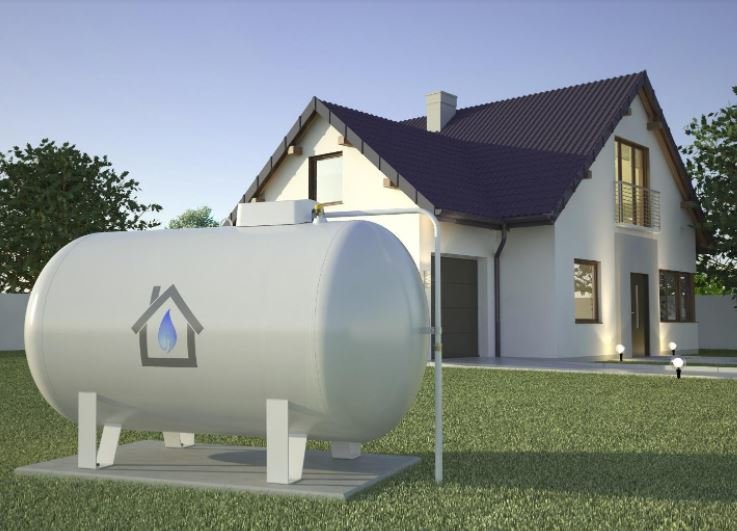 Are you familiar with residential propane tank regulations? All current or prospective propane users should familiarize themselves with this information.
Are you familiar with residential propane tank regulations? All current or prospective propane users should familiarize themselves with this information.
Homeowners choose propane fuel for its cost friendliness and non-toxicity. It’s estimated that each year, Americans use 9.3 billion gallons of propane in the United States.
Propane for residential use seems to be especially popular in rural areas. Where other types of gas may be unavailable, it’s easy to have a tank of propane delivered or refilled.
Because propane is a gas, it can be dangerous, but regulations help to decrease safety risks. Here is a quick overview of different types of propane gas regulations that are standard today. You also can hire the best assignment writers to get a quick help with your essay paper especially if you deal with propane gas regulations while studying and working.
-
Distance From a Door or Window
Although propane is less toxic than other types of gases, it’s still combustible. It could ignite and cause a house fire if it were able to leak inside through a window or other opening.
Residential propane tank delivery includes setup. Most counties in the United States require propane tanks of at least 100 pounds to be placed a certain distance away from homes. It’s common for propane tanks to require placement at least three feet away from a door or window.
Depending on the size of the tank, the minimum required distance can range from three feet to ten feet. The larger the tank, the further away from the building the tanks should be.
-
Distance From a Source of Ignition
Another important factor in propane tank placement is proximity to an ignition source. This could be a stove pilot light, a gas fireplace, or a furnace.
Although propane tank leaks are rare, they do happen. To avoid explosions and fire, keeping the tanks away from pilot lights of any kind is critically important.
-
Distance From Point of Transfer
Most locales have guidelines related to where a propane tank can be refilled. At least some leakage of propane is inevitable during residential propane delivery. When the propane is released, it’s combustible, so proper distance is an important safety requirement.
-
Underground Placement
The requirements for underground propane tanks vary based on size. Smaller tanks of 100 gallons can be buried under 44″ of soil, while 1000-gallon tanks must be buried under at least 4’6″ of soil.
If your propane company seems unfamiliar with any codes or requirements in your location, you should consider switching propane companies.
-
Number of Tanks
Having multiple tanks on-site changes the amount of distance that is required for safe propane tank placement.
For example, imagine that there are two 1000-gallon tanks located next to each other. The minimum required distance for placement away from a property line increases to 25 feet, versus the 10 feet required for one tank.
-
Methods of Disposal
Any residential propane service can dispose of large tanks on your property. But even if you have a small propane tank, never throw it in a dumpster!
Most tanks, regardless of their size, have a residual amount of gas inside that can ignite or explode. Residential propane tank installation may or may not include instructions for how to dispose of your used tank.
If you aren’t sure what to do with an old propane container, call your local waste management service and find out the best way to handle it.
Now You Know the Basics of Residential Propane Tank Regulations
Residential propane tank regulations exist to protect homeowners from propane fire and explosions. Now that you’re familiar with some of the basic requirements, you should expect your propane company to act accordingly.
If you’ve enjoyed this article and would like to read more useful information, check out the rest of our blog.




